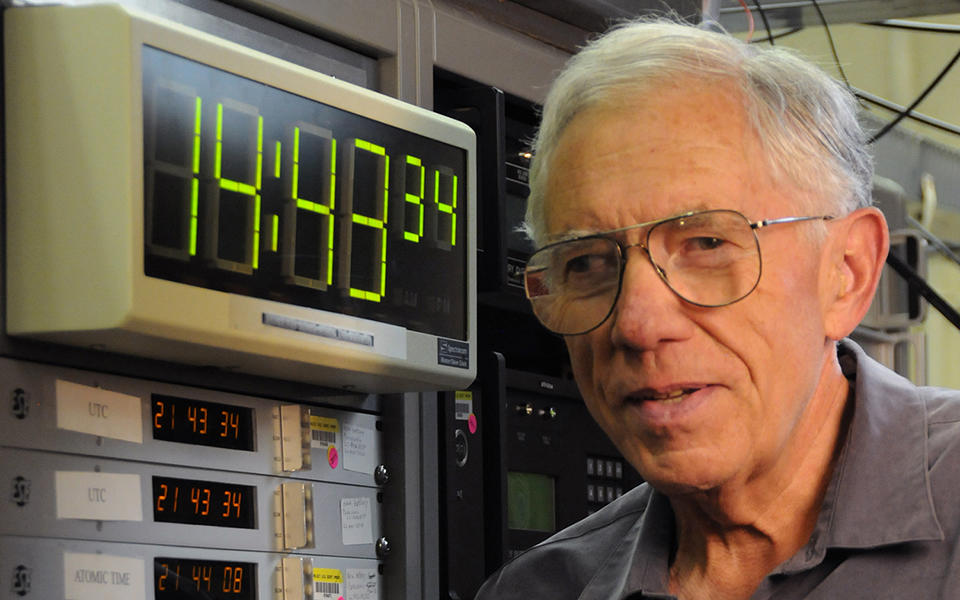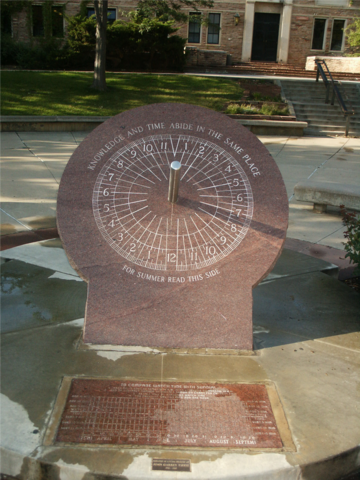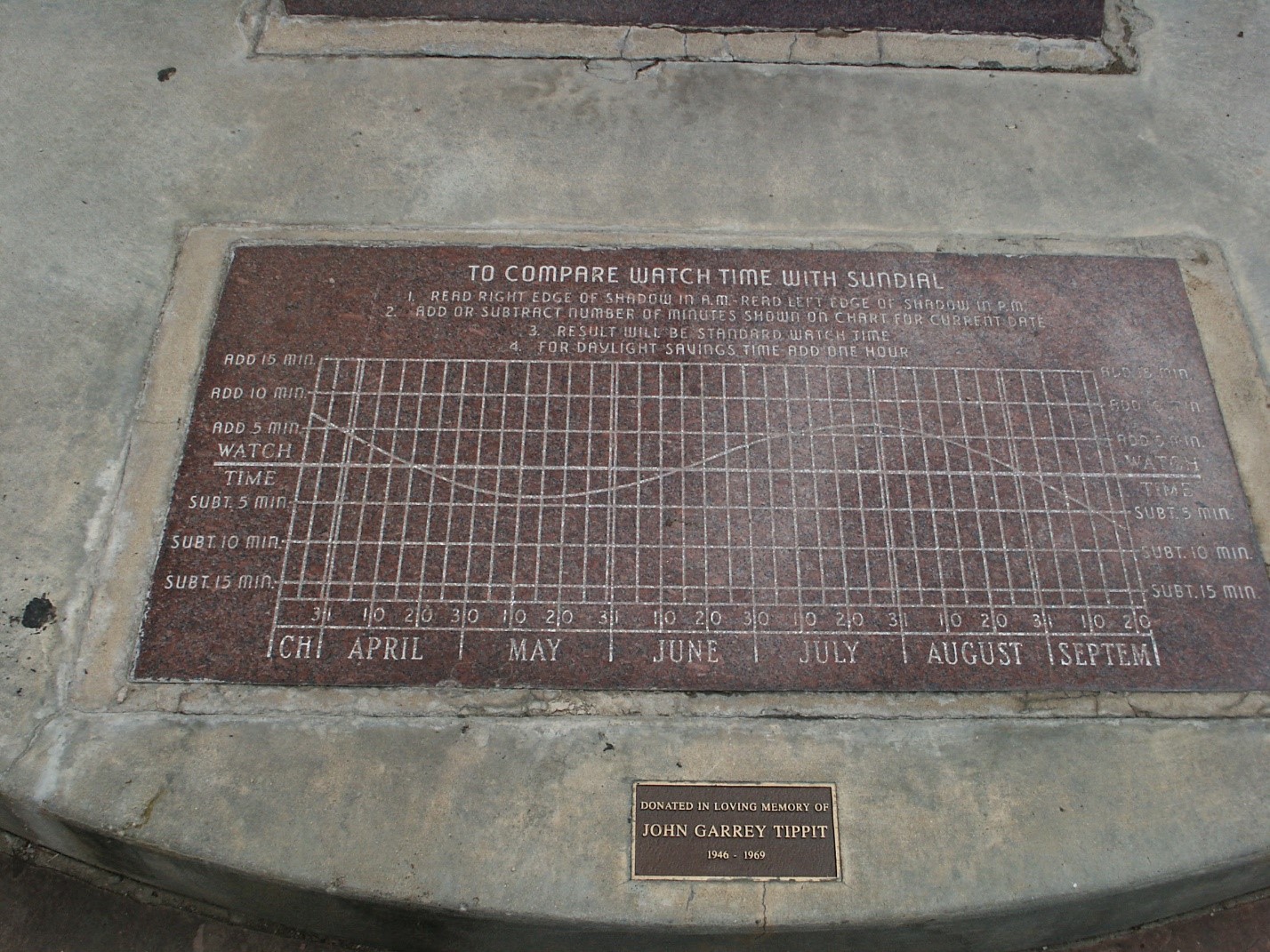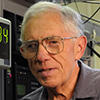Taking Measure
Just a Standard Blog

In the lab with with the NIST time scale, an array of hydrogen masers (microwave versions of lasers) that maintains official U.S. civilian time. NIST atomic clocks are used to calibrate the time scale.
As a physicist in the National Institute of Standards and Technology (NIST) Time and Frequency Division, I have worked in the general area of operating atomic clocks and using output signals from them to distribute time and frequency information for more than 40 years. I am also a Fellow at JILA, an institute operated jointly by NIST and the University of Colorado Boulder, and I teach in the physics department of the university.
I came to Boulder in 1967 as a post-doc at JILA. I joined NIST when it was still the National Bureau of Standards in 1969, and I was initially a physicist in the Radio Standards Physics Division. This division was engaged in several research projects that used lasers whose wavelengths were stabilized by adjusting them to match the wavelengths naturally absorbed by an atom or molecule.
A particularly useful system was a helium-neon laser whose output at 3.39 µm was stabilized by comparing it to the wavelength absorbed by methane. This wavelength could then be used to measure tiny changes in the length of a 30-meter long interferometer, which was in the Poorman’s Relief Gold Mine near Boulder. The interferometer consisted of two mirrors mounted on piers that were firmly connected to the floor of the mine. The mirrors and the space between them were enclosed in an evacuated pipe.
The tiny changes in length were caused by tidal forces, by earthquakes, and by other effects, and the wavelength stability of the reference laser resulted in a very sensitive strain meter. For example, we used the interferometer to study the seismic signals generated by underground nuclear explosions at the Nevada test site, and we also attempted to detect the continuous vibrations induced in the Earth by gravitational waves from pulsars and from rotating binary stars, foreshadowing the work of LIGO, which detected gravitational waves on September 14, 2015 at 5:51 a.m. Eastern Daylight Time (09:51 UTC).
I started working on questions of the definition of the standards for time and frequency in 1972, when I was transferred into the Time and Frequency Division, and I have been active in that general area since that time.
You can get additional information about the definitions of time and frequency and the services that NIST operates to distribute this information at our division webpage. This webpage also has pointers to all our publications, most of which are intended for a technical audience.
Coordinated Universal Time (UTC) is the legal time in most countries. Currently, UTC is based on data from an international ensemble of atomic clocks combined with astronomical observations on the rotation rate of Earth. The UTC time scale is kept within 1 second of astronomical time (which I will define later) by the occasional addition of “leap seconds.” Several current proposals suggest changing the way UTC is computed, either by making the addition of a leap second much less frequent or by discontinuing the process of adding leap seconds altogether. In this series of essays, I will explain how the UTC time scale was defined, why leap seconds are needed, and why there is a discussion to eliminate them.
A very short introduction to the early history of time
Astronomical events, and especially the solar day and the lunar month, have been important in the definition of time since antiquity. The earliest time references were based on the “apparent solar day.” This could be defined in several ways, including the time between consecutive sunrises at any location. Sometimes the apparent solar day denoted the shorter interval between sunrise and sunset. The lunar month was usually defined as the time between consecutive new moons. The solar year – often the time between consecutive spring equinoxes – was also important for agricultural purposes, and many festivals were linked to events in the solar year.
Apparent solar time is still used for some religious purposes. For example, the Jewish Sabbath and other holidays in the Jewish calendar begin and end at local sundown. Ecclesiastical “hours” divided the time between local sunrise and sunset into 12 “hours,” which are longer in the summer and shorter in the winter. Ecclesiastical hours introduce the concept, which will be important in our later discussion, that units of time were initially a way to sub-divide an astronomical time interval. In the jargon of measurement science, ecclesiastical hours are a derived quantity – they are defined by the requirement that 12 of them must match the time interval between local sunrise and sunset.
In addition to the variation in the time interval between sunrise and sunset that is the basis for ecclesiastical hours, the overall length of the day, measured for example between the apparent solar noon on consecutive days, has an annual variation. This variation comes from the facts that the orbit of the Earth around the Sun is an ellipse, and not a circle, and that the Sun is located not at the geometrical center of this ellipse but at another important point known as the focus. This configuration results in an annual variation in the speed of Earth in its orbit, and this, in turn, adds an annual variation to the length of the solar day.

This variation is often called the “Equation of Time,” and many sundials show a plot of this variation as a function of date. The Equation of Time gives the difference between the length of the apparent solar day for any day in the year, and the length of the day that would be observed if the orbital speed of the Earth was constant. This average value is called “Mean Solar Time,” (in contrast to apparent solar time, which is what we have been discussing) and I will discuss this point in more detail below.
The earliest clocks were methods of dividing the relatively large astronomical intervals into smaller units. Some of these clocks used the motion of the shadow of a vertical pole on the ground to mark elapsed time; others used the flow of water or sand to measure elapsed time. The important point is that all these clocks were adjusted so that they measured time intervals that agreed with the astronomical definition – usually the length of the solar day. As with ecclesiastical hours, once the number of units in an astronomical time interval was chosen, the size of the unit (the length of a second, for example) was determined by astronomy.

In the next essay, I will describe the early connection between frequency and musical instruments, and the fundamental links between time, time interval and frequency. These relationships became increasingly important with the development of precision clocks and oscillators in the late 19th and early 20th century, and I will explore this topic in subsequent essays.
About the author
Related Posts
Comments
Wouldn’t it be amazing for any Book within the Realm Of Libraries to have a Sum Total Awareness Of All Other Books simultaneously.
It would then be noticeable that past and future additional notations would be but Further Foot Notes In Time; as in the passage of time or the Accumulation Of Time When relating to or additing up the relative differences between, from or of, 2020 and 2021????
علماء يستحقون الكثير على ماقدموه
Google translation of this comment:
Scientists who deserve a lot for what they have provided






I can't wait for the next essay on time, frequency and musical interviews. As a high school senior in the spring of 1958, I wrote my physics paper on the Pythagorean intervals in music. Which the teacher remembered years later at a centennial celebration of the school in Washington, DC.
Professor Sean Carroll at California Institute of Technology offers a delightful course on time via The Great Courses.